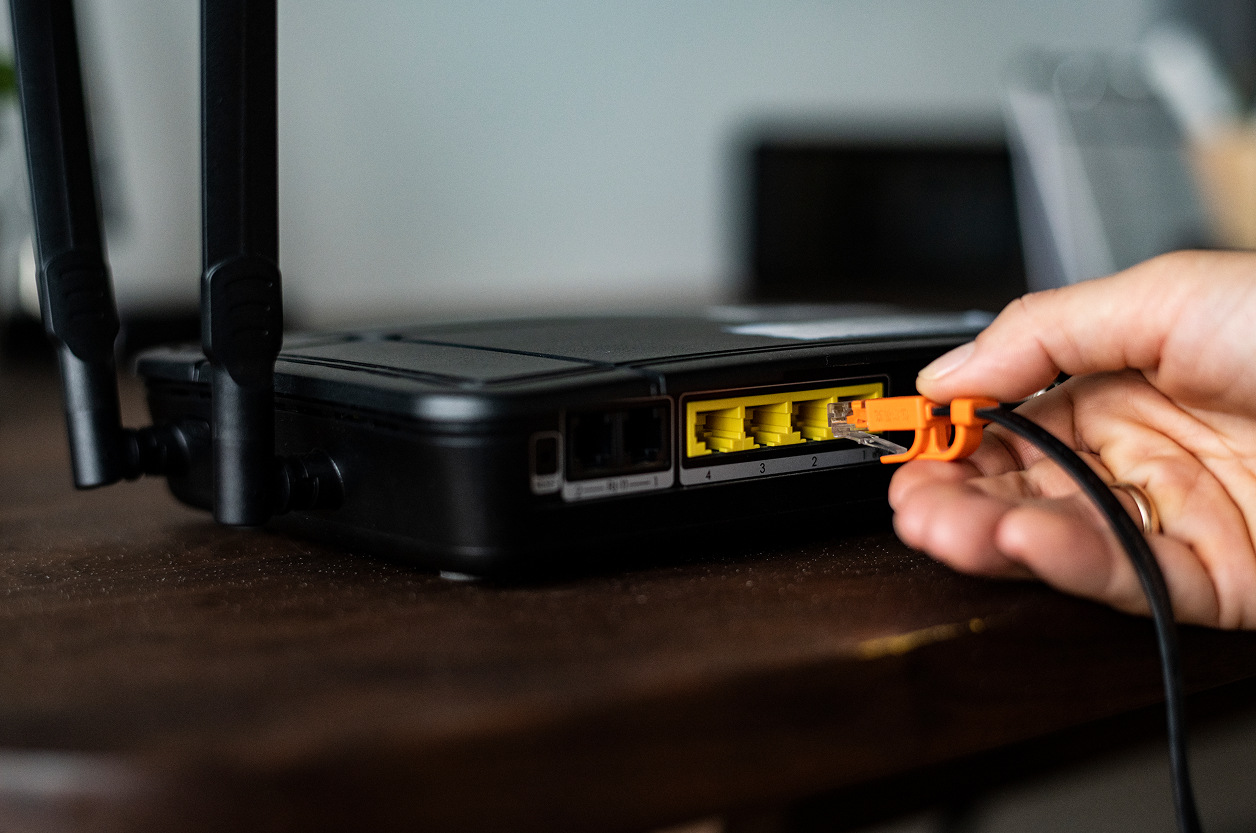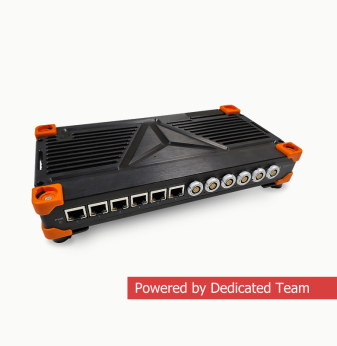The Role of Embedded Systems in Next-Generation Telecommunications Networks

Why embedded systems are at the heart of telecom evolution
Telecommunications networks are undergoing a transformation driven by the expansion of 5G, the upcoming 6G roadmap, and the adoption of software-defined networking (SDN) and network function virtualization (NFV). At the center of this shift are embedded systems, which provide the intelligence, control, and processing capabilities required to run these complex infrastructures.
Unlike general-purpose computing platforms, embedded systems in telecom are designed for specific tasks such as signal processing, protocol handling, and real-time control. Their performance, reliability, and efficiency are critical in delivering high-speed, low-latency communication to both consumers and industrial users.
The new wave of telecom deployments places even higher demands on these systems. From managing massive data throughput to ensuring secure and reliable operation in diverse environments, embedded systems are evolving to meet unprecedented levels of complexity.
Core functions of embedded systems in telecom networks
Embedded systems are used across multiple layers of a telecom network, from base stations and optical transport equipment to core routers and customer premises devices.
In the radio access network (RAN), embedded processors handle tasks like beamforming, spectrum allocation, and interference mitigation. These functions must run with minimal latency to support real-time voice, video, and data services.
In optical transport systems, embedded controllers manage wavelength division multiplexing (WDM) hardware, ensuring high capacity and fault tolerance. In core and edge routers, embedded systems perform deep packet inspection, routing optimization, and traffic shaping to maximize efficiency.
Customer premises equipment (CPE) such as home routers, modems, and set-top boxes also rely on embedded software and hardware to deliver seamless connectivity while supporting security protocols and over-the-air updates.
Key questions for designing embedded systems for next-gen telecom
- How can embedded platforms handle the increasing computational load of 5G and beyond without excessive power consumption?
- What hardware architectures best support the integration of AI for network optimization and predictive maintenance?
- How can embedded systems be made more resilient to cyber threats targeting telecom infrastructure?
- What are the trade-offs between centralized and distributed processing in telecom network design?

Real-world examples and industry trends
In 5G networks, massive MIMO base stations rely heavily on embedded DSPs (digital signal processors) to handle large-scale parallel data streams. Low-latency performance is essential for applications such as augmented reality, industrial automation, and remote healthcare.
Telecom operators are increasingly deploying edge computing nodes equipped with embedded AI accelerators. These nodes process data locally, reducing backhaul congestion and improving responsiveness for time-sensitive services.
Optical network vendors are introducing smart transponders with embedded control logic capable of adapting signal parameters in real time to maintain optimal performance over long distances.
There is also a growing emphasis on open hardware and software standards for telecom, such as O-RAN, which encourage interoperability while still relying on robust embedded platforms to meet performance and reliability benchmarks.
The future of embedded systems in telecommunications
As networks move toward 6G, the role of embedded systems will expand further. They will not only process and route traffic but also dynamically optimize energy consumption, allocate spectrum in real time, and integrate seamlessly with satellite and non-terrestrial networks.
Security will remain a critical focus, with embedded systems implementing advanced cryptographic methods and hardware-based root of trust (RoT) mechanisms to protect against evolving cyber threats.
In parallel, the convergence of telecom with industrial IoT, autonomous vehicles, and smart cities will require embedded platforms capable of managing vastly different workloads without compromising reliability. This will likely lead to hybrid architectures combining CPU, GPU, and FPGA resources for maximum flexibility.
The embedded systems powering next-generation telecom will not be invisible components — they will be active enablers of global connectivity, shaping the capabilities and reliability of the networks that underpin modern life.
Our Case Studies








